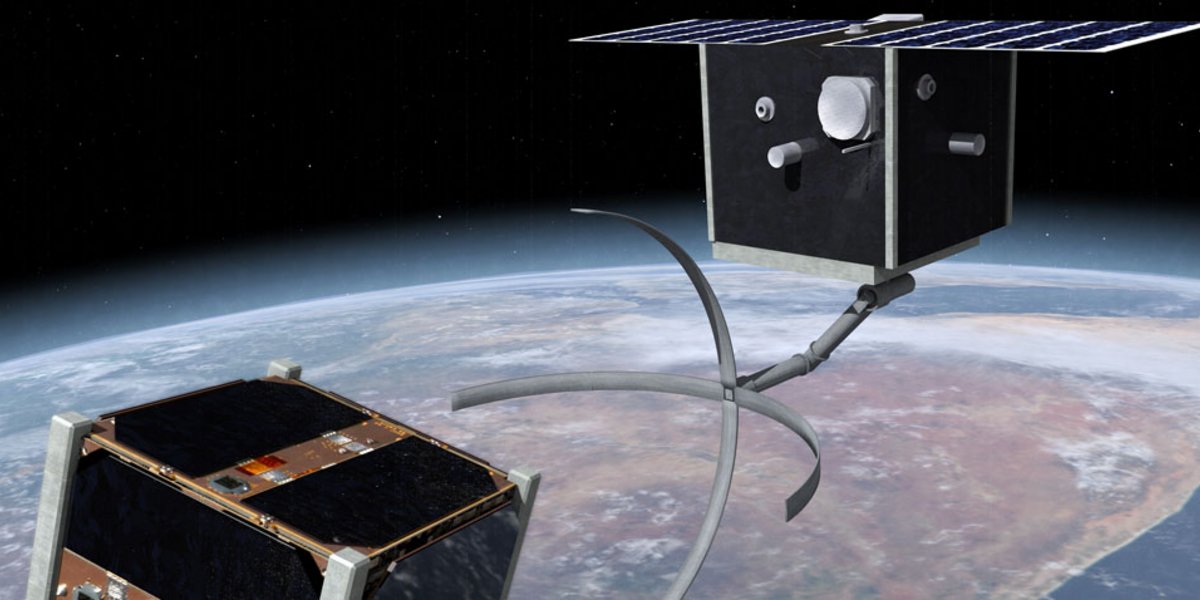

In their cargo holds, they have stored satellites that help humans communicate, wage war, watch TV, and grok planetary processes. Humans have since sent thousands of rockets to space. When he published his final report in 1959, Tombaugh concluded that rockets faced little risk of colliding with natural objects. The fact that he could spot it meant that if dangerous debris had been orbiting, he likely would have found it too. When Sputnik first spun around Earth, in 1957, Tombaugh's equipment caught it: a shiny sphere, just about two feet across. But before he finished, the Soviets sent the world’s first object to orbit. If they ever built a spaceship, would space litter pummel it irreparably?Īs part of a 1950s Army project, Tombaugh tried to find out. People like Tombaugh worried whether orbiting gunk would make spaceflight that much harder. But as the scientific community began to dream about launching a vehicle into the great beyond, he focused his gaze much closer to home.Īt the time, the smaller stuff in our immediate space environment remained largely a mystery. He discovered Pluto in 1930, and he spent years poking around the outer solar system. Clyde Tombaugh spent much of his life peering at telescope data.


 0 kommentar(er)
0 kommentar(er)
